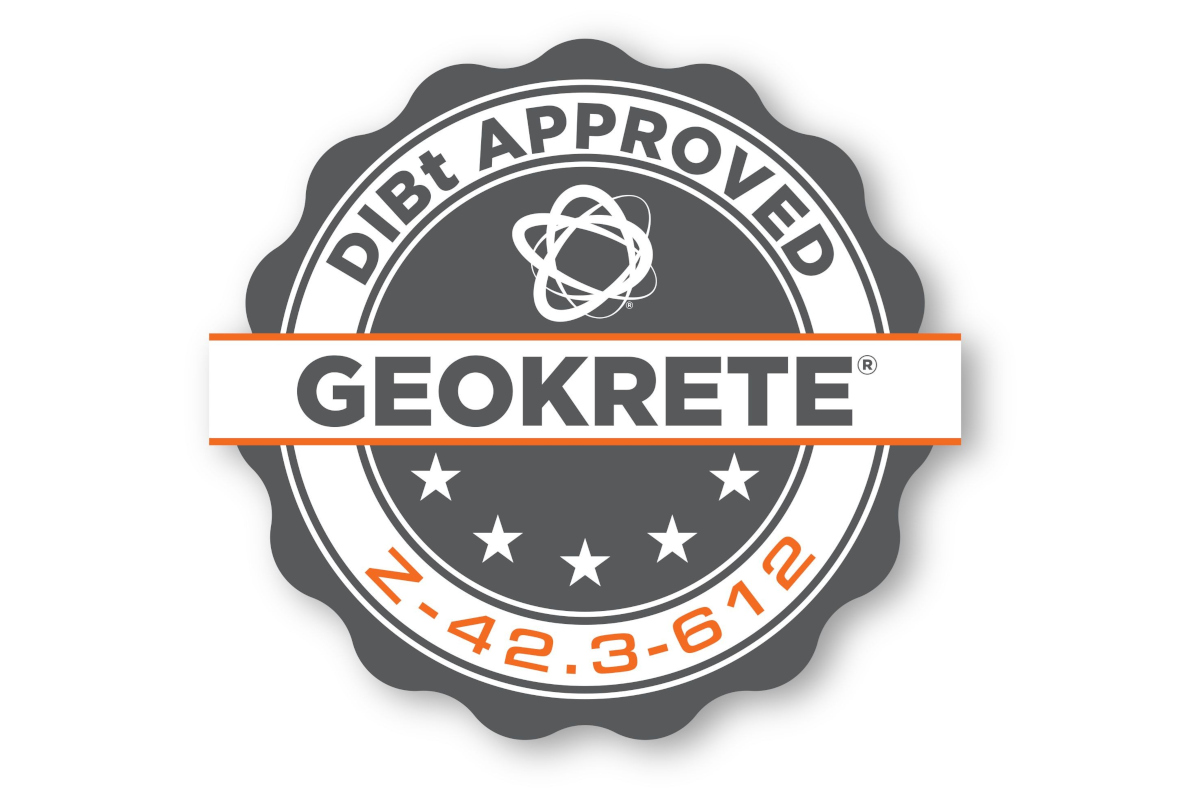Antiquated Sewers Get a Modern Makeover in Iowa
 Sections of brick-lined sewers under downtown Des Moines, Iowa, were installedin the late 1800s. So when city engineers decided to upgrade the sewers in 2004and 2005, the 19th century pipelines leaped into the 21st century with newthermoset liners, installed by Visu-Sewer Clean & Seal Inc., Pewaukee, Wis.
Sections of brick-lined sewers under downtown Des Moines, Iowa, were installedin the late 1800s. So when city engineers decided to upgrade the sewers in 2004and 2005, the 19th century pipelines leaped into the 21st century with newthermoset liners, installed by Visu-Sewer Clean & Seal Inc., Pewaukee, Wis.
To minimize disruption to the bustling Iowa state capital, Visu-Sewer usedtrenchless cured-in-place pipe (CIPP) technology. To ensure long-termdurability, the new liners are made with Vipel L704-FAH resin, a proven highmolecular weight isophthalic polyester engineered by resin producer AOC LLC forCIPP use.
The latest Visu-Sewer project for the City of Des Moines rehabilitated morethan 12,000 ft of brick sewer lines ranging in diameter from 18 to 60 in. Inaddition to the 19th century pipe, other pipes that received new liners wereestimated to be 80 to 100 years old.
The liners were made in thicknesses ranging from 12 to 31.5 mm, depending onthe diameter of the host pipe. Des Moines engineers established the thicknessrequirements using formulas established in ASTM F1216-05: “Standard Practice forRehabilitation of Existing Pipelines and Conduits by the Inversion and Curing ofa Resin-Impregnated Tube.”
“The brick itself has performed well,” said City of Des Moines projectengineer Jeff Hansen. “But the mortar is failing the test of time. To repair thesewers, we chose CIPP over sliplining a thermoplastic liner inside the old pipe.Compared to CIPP, sliplining would have left us with less flow capacity andwould have caused significantly more surface disruption.
“With sliplining, we would have needed to dig more openings to be able toinstall the liner through the many curves in the system,” Hansen said. WithCIPP, Visu-Sewer was able to install most of the new liner through existingmanholes. We’ve used Visu-Sewer for CIPP projects before. They do very goodwork.”
Resin-Saturated Felt
For thenew pipe liners, Visu-Sewer used National Liner CIPP technology licensed fromNational EnviroTech Group LLC, Houston, Texas. National Liner technology callsfor saturating a non-woven polyester felt liner with a corrosion-resistantthermoset resin, then inverting the liner (turning it inside out) through thepipe in need of repair.
Inversion was accomplished by pumping water inside the liner to createpressure. This keeps the inverted liner moving forward and expands the lineragainst the inner wall of the host pipe. After the entire length of anindividual liner inversion was complete, the water was heated to 170 F. Pressureand heat were held for a specified time that varied by the diameter, thicknessand length of the inserted tube.
Heat cured the previously liquid resin into a molecularly crosslinked solid,and the water was removed. The cured resin that was forced into cracks, jointsand irregularities created a mechanical lock between the liner and host pipe.The structural integrity of the host pipe is improved, and the new liner givesthe sewer a smoother interior surface for improved flow. Unlike the originalpipe, the newly lined structure provides a seamless, continuous barrier againstleaking.
For the Des Moines job, the felt liners were constructed by Applied FeltsInc., Martinsville, Va. The liners were made to predetermined thicknesses,diameters and lengths as dictated by planned insertions.
Most of the Des Moines liners were the same diameter from end-to-end.However, some host pipe segments that were originally thought to be 36-in. roundcross-sections ended up being 33-in. wide by 40-in. tall ovals. For theseinversions, Visu-Sewer worked with Applied Felts to receive a liner thattransitioned into a new dimension at the appropriate location.
According to Visu-Sewer project engineer Alex Rossebo: “Before the new lineris installed, we have to make sure the host pipe was exceptionally clean.Because these were combination lines and carried storm drainage during heavyrains, some pipe had above-average accumulations of silt that had to be removedbefore we could start the re-lining process. Larger pieces of brick and debrishad to be manually shoveled toward our high-power vacuum unit.”
Resolving Design & ProcessIssues
Visu-Sewer resolved design and process issues that arose duringthe Des Moines project. For example, Visu-Sewer workers knew how to negotiatethe resin-saturated liner through sweeping bends in sections of 36-, 42- and48-in. diameter sewers. Workers also installed sections of liner where the gradechanged as much as 15 ft.
For both the sharp turns and steep grades, close attention was paid toadjusting the head pressure as the liner was inverted. If pressure got too low,the liner would not be adequately applied against the host pipe surface. If thepressure got too high, the liner could burst at the seam.
Perhaps the biggest challenge occurred when temperatures soared past 100 F oncertain scheduled inversion dates. To prevent the heat from “kicking in” theresin prematurely, Visu-Sewer crews used an air conditioned tent over inversionsites. Where needed, resin temperature was also kept low by using tarp-coveredice.
Because sewage never stops, by-passes were installed to keep line segmentsopen and free while they were cleaned and lined. For the by-passes, Visu-Sewerordered two 8-in. pumping systems made by Godwin Pumps of America Inc.,Bridgeport, N.J., and obtained through Godwin distributor Central Service &Supply of Ankeny, Iowa.
While one pump operated, the second served as a precautionary back-up, whichdid not have to be used. By-passed sewage was conveyed in 12-in. diameter,semi-flexible polyethylene piping. Road ramps protected the temporary pipesystem wherever it crossed traffic routes.
Vipel Isopolyester
The resin for the Des Moinesliners was Vipel L704-FAH resin from AOC, Collierville, Tenn., the leadingsupplier of corrosion-resistant resins in North America. Visu-Sewer purchasedthe resin through distributor CIPPCON Inc. “We get terrific technical supportfrom CIPPCON people,” said Rossebo. “They are available 24/7 when needed and areextremely flexible in scheduling resin deliveries for onsite wet-outs. JimMcCormick with CIPPCON was there for our first onsite wet-out.”
Installation crews benefited from the resin’s predictable behavior and goodprocessing characteristics. “Wet-out with the Vipel resin was never an issue,regardless of location,” Rossebo stated. “Wet-out of liners up to 48 in. wereperformed at our facility in Pewaukee and transported to the jobsite inrefrigerated trucks. For the 60-in. liners, three ‘over-the-hole’ wet-outs wereperformed onsite next to the Des Moines River. The longest over-the-hole wet-outand inversion was approximately 1,000 ft.”
The Vipel resin belongs to the isophthalic polyester, or isopolyester,material family, which is chemically different than the polyester used to makefibers for the felt liner. Rossebo said the Vipel resin retains a high modulusof elasticity over time while providing excellent resistance to the corrosiveenvironment of municipal wastewater.
AOC business manager Emilio Oramas added, “Isopolyesters have a provenhistory in CIPP use and continue to set the standard for most CIPPrehabilitation projects around the world today. We’re pleased that thistechnology could help the people of Des Moines get a major infrastructureupgrade with little disruption to their daily lives.”
The combination of the modern resin with antique brick has given new life tothe more than 100-year-old sewers under downtown Des Moines. By merging old andnew material technologies, the sewers are designed to still be in service whenDes Moines prepares for its 2057 bicentennial celebration as a statecapital.
Ben Bogner is corrosion and infrastructure market developmentspecialist at AOC LLC, based in Collierville, Tenn.




